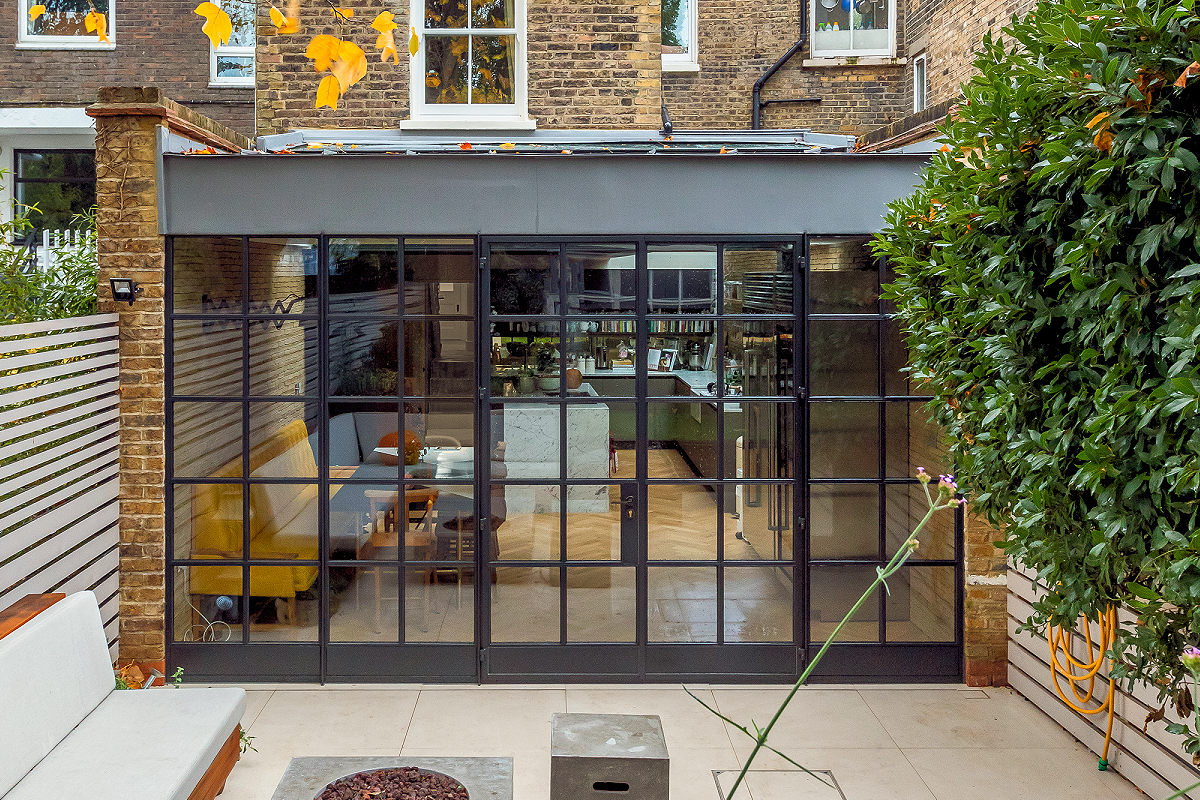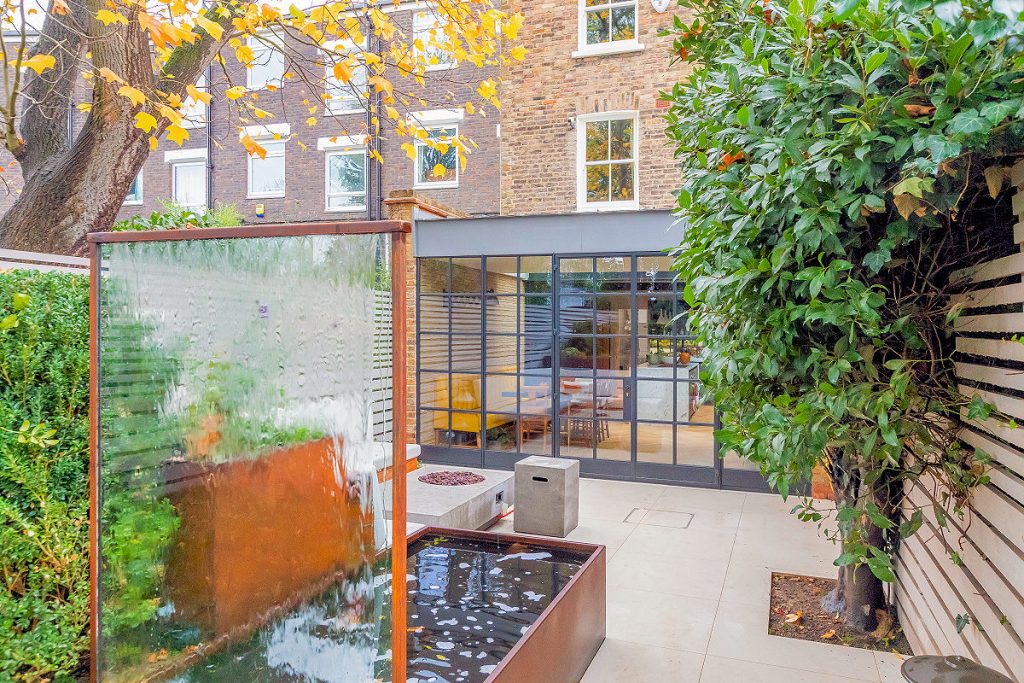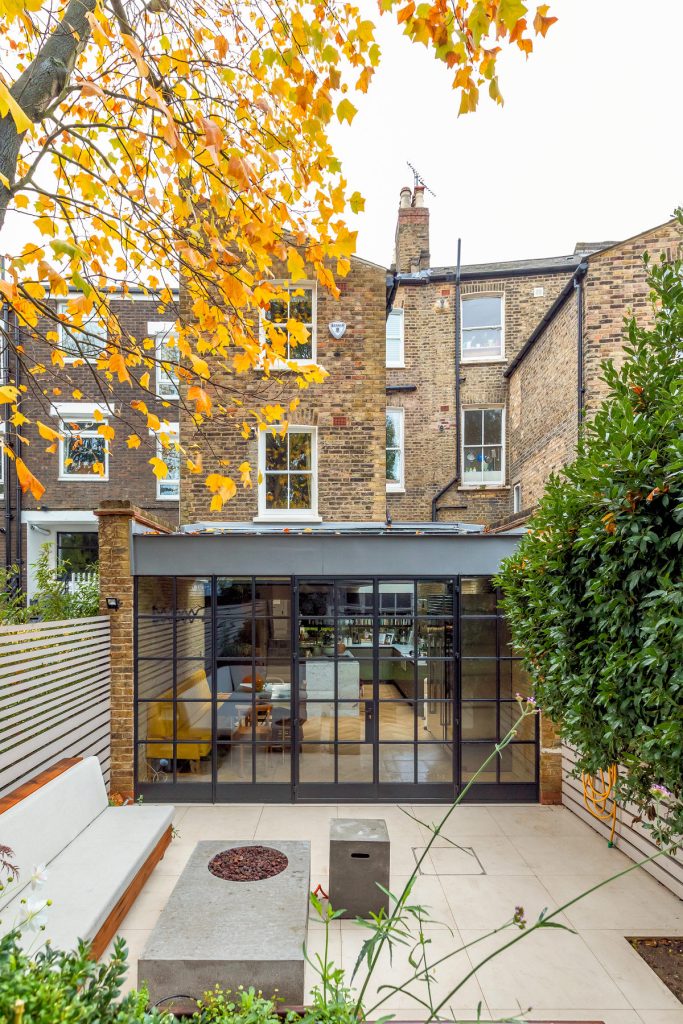As house specialists, we understand that London homes often come with the challenge of maximising space and functionality while preserving their historic charm. One effective way to achieve this is through a well-planned and designed home extension. Not only can an extension increase your living space, but it can also significantly enhance the value of your property and improve your overall quality of life.
In our comprehensive guide, we will walk you through the process of extending your home and provide invaluable tips for creating a seamless and practical addition to your London property. From understanding planning regulations and choosing the best materials, to selecting a skilled architect and contractor, we aim to equip you with the essential knowledge you need to make informed decisions for your home extension project.
We’ll also showcase some extraordinary examples of other London homes that have been transformed with extensions, offering inspiration and ideas for your own renovation. With careful planning and execution, you can achieve a stylish, sustainable, and functional extension that enhances your property and helps you make the most of your London home.
Why Choose a Home Extension
Home extensions are an increasingly popular choice for London homeowners looking to transform their properties. As living spaces, we understand the importance of investing in improvements that not only increase the comfort of your home but also add value to it. Here are a few reasons why a home extension might be the perfect solution for you.
Firstly, home extensions provide an opportunity to create additional living space. This might mean adding new bedrooms, a larger kitchen, or even a home office. As our needs and lifestyles evolve, extending your London home ensures that it continues to meet your requirements.
Secondly, a well-designed home extension can enhance the overall aesthetic of your property. Experts in the field, like Mimar, can help to create a visually appealing design that enhances both the exterior look and interior flow of your home. With the right planning and execution, a home extension can make your property stand out from the rest.
Another benefit of home extensions is the potential to increase your property’s value. A well-executed extension from experienced professionals is likely to result in a higher asking price if you decide to sell your property in the future.
Lastly, home extensions can be customised to suit your exact needs and preferences. You have the opportunity to work closely with architects and builders to ensure your vision is brought to life, creating a result that is uniquely tailored to your requirements.
In conclusion, there are numerous advantages to choosing a home extension for your London property. From increased living space and enhanced aesthetics to improved property value and the ability to tailor your home, a well-planned and executed home extension can transform your living experience for the better.
Types of Home Extensions
When planning to transform your London home with an extension, it’s essential to consider the various types of extensions available. In this guide, we’ll explore the different options, helping you make an informed decision to suit your needs and property.
Rear Extensions
Ground floor rear extensions are popular additions to homes, extending out of the back of the property into the garden space. Often finished with glass doors, they increase natural light and accessibility to the garden, making them a good choice for those looking to maximise living space and connect the indoors with the outdoors1.
Side Extensions
Side extensions are another option, often suitable for properties with extra space on either side. They can create larger living areas, kitchens, or dining rooms, and even bathrooms. In some cases, side extensions can be built within permitted development rights, allowing for a more straightforward planning process2.
Wrap-around Extensions
Wrap-around extensions combine the benefits of rear and side extensions, providing a more significant addition to your property. They can create an L-shaped or U-shaped extension around the rear and side of your home3. These extensions may require planning permission but can offer a substantial increase in space and flexibility for your home’s layout.
Loft Conversions
Loft conversions transform unused attic space into functional living areas, such as an extra bedroom, office, or playroom. They are an excellent option for homes with limited scope for external extensions. With various loft conversion types available, such as dormer, hip-to-gable, and mansard conversions, there’s likely an option to suit your property’s layout and requirements4.
Basement Conversions
Basement conversions make use of existing underground space, turning it into additional living areas, such as a home cinema, gym, or guest bedroom. This type of extension can require extensive structural work and waterproofing, making it a more significant and complex project than other extension types. However, it’s an excellent choice for homes with limited external space and for those looking to create a unique living space5.
In summary, various home extension types can suit different properties and requirements. By carefully considering these options, you can select the best extension type to transform your London home effectively.
Designing Your Extension
Choosing an Architect
When it comes to transforming your London home with an extension, it’s important to choose the right architect for your project. A skilled architect can help bring your vision to life, create a design that matches your tastes, meets your requirements and adds value to your property. It is crucial to discuss your ideas, preferences, and budget with prospective architects, and select one who shares your vision and can deliver within your allocated budget.
Creating the Layout
Once you have chosen an architect, it’s time to work together on creating the perfect layout for your home extension. This is an essential step in ensuring that your new space is functional, comfortable and aesthetically pleasing. You’ll want to consider aspects such as:
- The purpose of the extension: Whether it be additional bedrooms, a larger kitchen, or a cosy living area, defining the main objective helps guide your choices throughout the design process.
- The flow of the space: It’s important to think about how your extension will seamlessly integrate with the existing floor plan. Consider how rooms will connect to each other and how you can use features like sliding doors or open-plan designs for more flexible living spaces.
- Natural light and ventilation: Large windows, skylights or glass doors can help bring more natural light into your extension, creating a more inviting and spacious atmosphere. Ventilation is also important to ensure a healthy and comfortable environment.
Remember that communication is key throughout this process. Working closely with your chosen architect and giving them feedback on their proposals will help ensure that the final design is tailored to your London home’s unique features and meets your specific requirements.
Project Management and Budgeting
When planning a home extension in London, it’s essential to consider project management and budgeting. In this section, we’ll discuss the pros and cons of hiring contractors versus DIY, as well as how to estimate and control costs during the project.
Contractors vs DIY
Choosing between hiring professional contractors and taking the DIY approach is a crucial decision. Hiring contractors brings the advantage of expertise and experience, ensuring a high-quality and efficient build. On the other hand, DIY allows for cost-saving and a hands-on approach, but there is potential for mistakes, delays, or damages. Consider factors such as your expertise, time, and budget when making this decision.
Estimating and Controlling Costs
To effectively estimate and control costs, it’s essential to have a clear understanding of the extension’s specifications, materials, and overall quality. As a rule of thumb, building a home extension in London—just the shell—will cost you at least £2,000 per square metre. Depending on the quality of the finish, costs may increase, making it important to have some flexibility in your budget.
In conclusion, planning and managing a home extension in London involves various considerations and decisions regarding contractors, DIY, and costs. By following the guidance provided in this section, you can enhance your decision-making process, ensuring a successful and cost-effective project.
Transforming Your London Home with an Extension: A Guide by House Specialists
Structural Considerations and Insulation
When planning a house extension in London, it’s essential to take into account the structural considerations and insulation requirements. These factors play a significant role in ensuring the stability and energy efficiency of your extended home.
Foundation and Underpinning
The foundation is the backbone of any house extension, providing the necessary support to the new structure. To ensure the stability and longevity of your extension, it’s crucial to select an appropriate foundation type based on factors like soil conditions, property size, and the type of extension. For instance, shallow strip foundations are suitable for smaller extensions, while piled foundations might be necessary for massive projects or challenging soil conditions.
Underpinning, the process of strengthening an existing foundation, is sometimes required when extending your home. This is particularly true for properties with weak foundations due to age, soil movement, or changes in ground conditions. It’s essential to have the existing foundation assessed by a structural engineer before commencing the house extension project to determine if underpinning is necessary (source).
Thermal Performance
Incorporating effective insulation and ensuring optimal thermal performance are key aspects of any house extension project. Energy-efficient extensions not only help reduce your home’s heating and cooling costs but also contribute to a more sustainable living environment.
When planning your extension, make sure it adheres to the UK Building Regulations related to energy efficiency and damp-proofing (source). This includes considerations like the type of insulation used in walls, floors, and roofs, as well as the installation of energy-efficient windows and doors.
One way to boost thermal performance is by opting for cavity wall insulation. This entails installing insulation within the cavity formed by the two layers of a wall. Underfloor insulation, another useful technique, can help prevent heat loss from the ground floor and maintain a comfortable indoor temperature(source).
In conclusion, careful planning and attention to structural considerations and insulation are imperative to ensure the success of your London home extension project. By incorporating solid foundations, underpinning (if required), and effective insulation, your extension will provide lasting comfort and value to your property.
Adding Value to Your Home
As house specialists, we believe that extending your home can do wonders for adding value and improving its overall appeal. Here are a few key aspects to consider when planning your extension project.
Improved Functionality
Home extensions allow you to maximise the use of available space and create a more functional living area. By extending your home, you can reorganise the layout to better suit your needs or accommodate the addition of new rooms and features. For example, you might add a two-storey extension to increase the living space on both floors, or consider a loft extension to make better use of the attic space.
Creating a more functional living space doesn’t just make life more enjoyable for you and your family; it also makes your home more attractive to potential buyers, who are likely to appreciate the increased functionality and ease of use.
Increased Property Value
A well-designed extension can significantly increase the value of your home in the long term. According to Checkatrade, extensions and conversions can add up to 20% to your property’s value. The key is to strike the right balance between extending your home and not overspending, ensuring that the added value of your property outweighs the cost of the project.
A successful extension project will also enhance your home’s curb appeal, making it more attractive to potential buyers. This is particularly important in the London market, where competition is fierce and buyers are often willing to pay a premium for well-designed, aesthetically pleasing properties.
In conclusion, a home extension can offer both functional and financial benefits, enhancing the usability of your living space, while also substantially increasing the value of your property. By making smart choices and working with experienced house specialists, you’ll be in an excellent position to realise the full potential of your home extension project.
Completion and Aftercare
As house specialists, we understand that transforming your London home with an extension is a significant investment. That’s why it’s essential to ensure that your project is completed to the highest standard and that you’re prepared for aftercare. In this guide, we’ll discuss the final inspection and provide some maintenance tips to help you enjoy your new living space for years to come.
Final Inspection
Once your home extension is complete, it’s crucial to have a thorough inspection to ensure the finished project meets your expectations and the required building regulations. We recommend walking through the space with your contractor and discussing any concerns or issues that may arise. Areas to consider during the inspection include:
- Checking the structural integrity of the extension
- Ensuring all plumbing and electrics are functioning correctly
- Confirming the quality of the insulation and soundproofing
- Evaluating the finish of internal and external walls, including paintwork and tiling
- Verifying that windows and doors are watertight and operating smoothly
After the inspection, your contractor may need to rectify any identified issues before the project is officially signed off.
Maintenance Tips
To help preserve your London home extension’s value and appearance, it’s essential to perform regular maintenance. Here are some maintenance tips to follow:
- Inspect sealant and weatherproofing:Annually examine the exterior of your home, focusing on the sealant and weatherproofing around windows, doors, and the roof. This will help prevent water ingress and maintain energy efficiency.
- Keep gutters clear:Routinely clean and check your gutters and downpipes to avoid water damage or damp issues within your extension.
- Maintain external walls:Regularly inspect the external walls for any cracks, flaking paint or stains. Addressing minor issues early can prevent them from becoming more severe and costly to repair.
- Look after internal surfaces:Take care of your internal walls, ceilings, and floors by keeping them clean, repairing any minor damage, and repainting or resealing as needed.
- Check your electrics and plumbing:Inspect electrical outlets and fixtures to ensure they are working correctly, and keep an eye out for any signs of water leaks, particularly around bathrooms and kitchens.
By following these maintenance tips, you can keep your London home extension looking fresh and functioning effectively for years to come.



